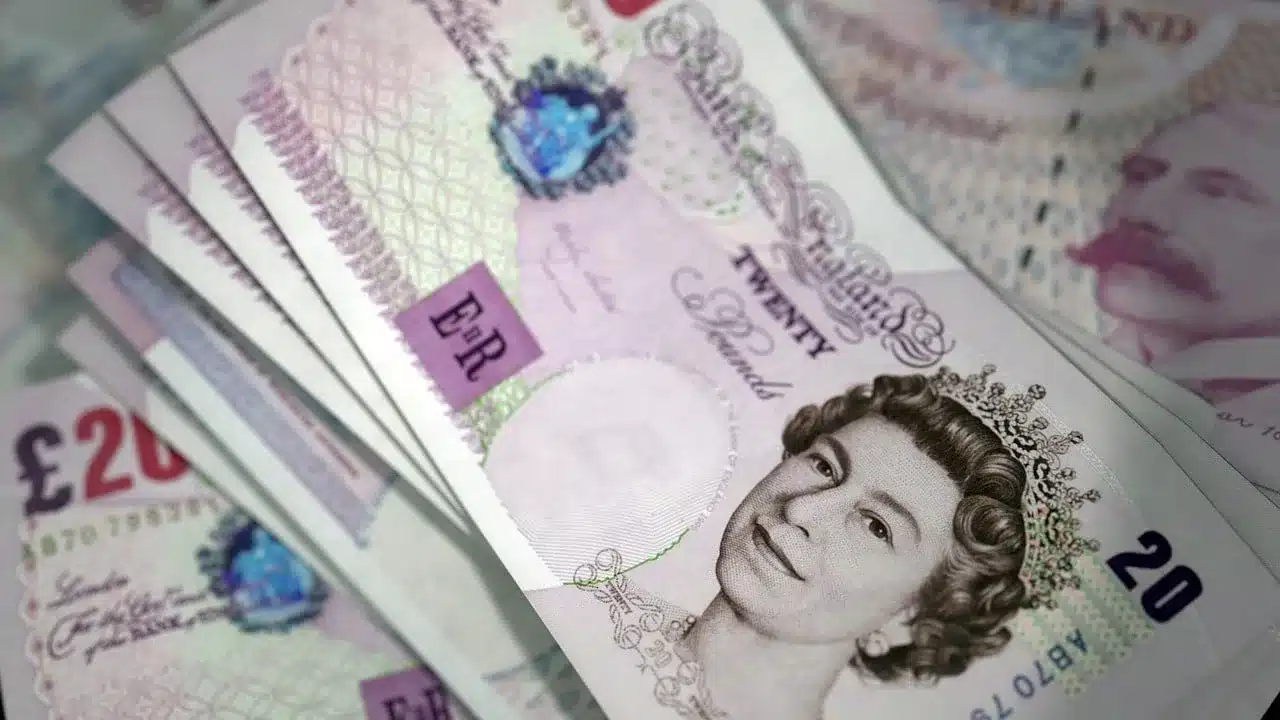After last week’s decision by the European Central Bank (EBC) to lower interest rates in the Eurozone, we expect the Federal Reserve (FED) to make a similar decision this week, ending the harshest period of monetary policy tightening in the US in decades. The Bank of England (BoE) will likely hold off on a similar decision this time, but… it lowered rates in August, and further cuts are expected from November.
• Federal Reserve: the turn we’ve all been waiting for. After the harshest monetary policy tightening in decades, the Fed is expected to lower interest rates by 25 basis points this week. The August CPI index confirmed a drop in inflation, while the unemployment rate is expected to rise to 5% in the coming months, up from 4.2% in August. The American economy remains incredibly resilient due in part to loose fiscal policy and strong immigration, as well as strong corporate balance sheets. Although the risk of a recession has increased, we still expect a “soft landing.” In this context, the Fed must carefully navigate between the risk of trailing behind and the risk of overheating the economy again. Allianz Trade expects a balanced approach involving further interest rate cuts of 25 basis points at each meeting, starting this week, which would lower the Fed’s benchmark rate (upper bound) to 3.5% by July 2025 from the current 5.5%.
• Bank of England (BoE): a pause, but solid dynamics. After the first interest rate cut in August, we expect the BoE to hold off on loosening at this week’s meeting, as inflation is expected to rise again to +2.8% YoY in November due to unfavorable base effects and a +10% increase in the Ofgem energy price cap in October. Inflation outlooks should improve again from December, and at Allianz Trade we expect the 2% inflation target to be sustainably achieved by mid-2025. In this context, the BoE will likely cut the bank rate by 25 basis points in November, skip December, and then cut by 25 basis points at each meeting in 2025, stopping in September 2025 when it will reach 3.25%.
The anticipated shift, after one of the starkest monetary policy tightening in history, is finally here: The Federal Reserve is set to cut interest rates for the first time since March 2020. Amid weakening inflation and a weakening labor market, the Fed should begin a cycle of easing monetary policy at its next meeting on the 17-18 of September. The August CPI reading indicated that inflation is currently significantly below 3% YoY (at a level of +2.5%). In the meantime, the unemployment rate is on a clear upward trajectory, and the Conference Board “Jobs hard to get” survey suggests that it will rise even further in the coming months, approaching 5% from 4.2% in August.
Businesses are not laying off workers, which would be a worrying signal with a negative impact on consumer confidence and lower consumer spending. What’s more, employment growth is small but not directly weak, according to the business survey. The rise in the labor force was strong, fueled in part by a sharp rise in immigration. This contributed to an increase in the unemployment rate. All of this suggests that the rising unemployment rate is mainly explained by new people entering the labor market rather than by laid-off workers and weakening demand.
Source: https://ceo.com.pl/zwrot-fed-i-pauza-banku-anglii-37435
